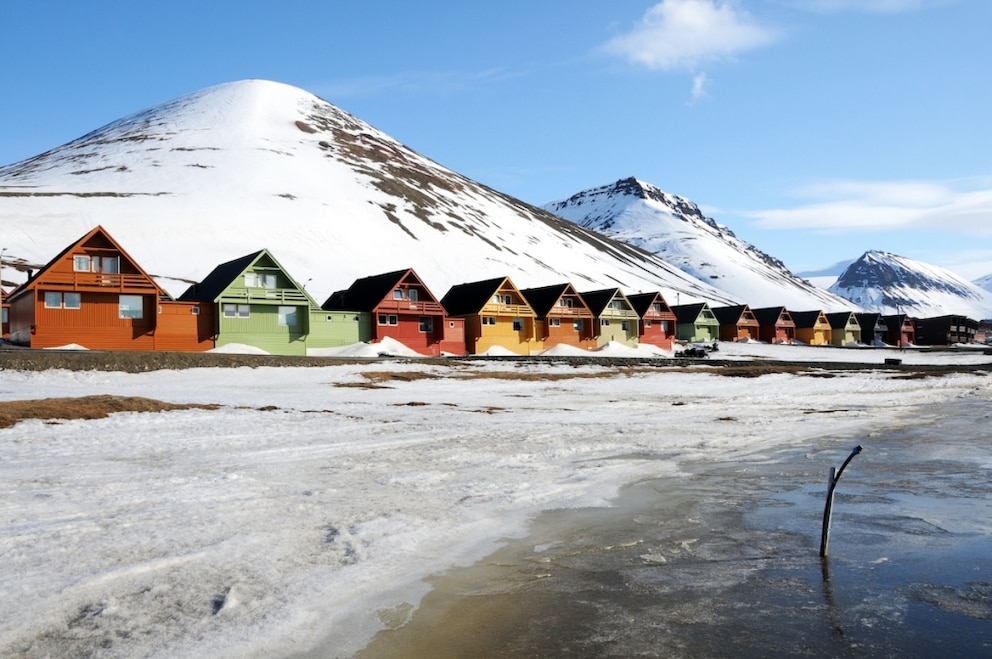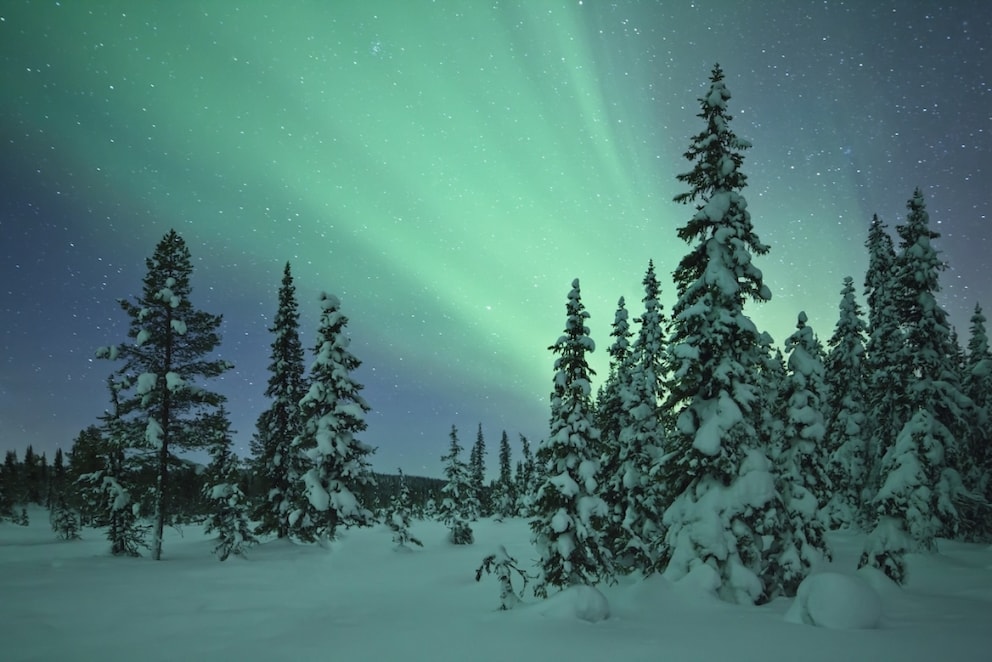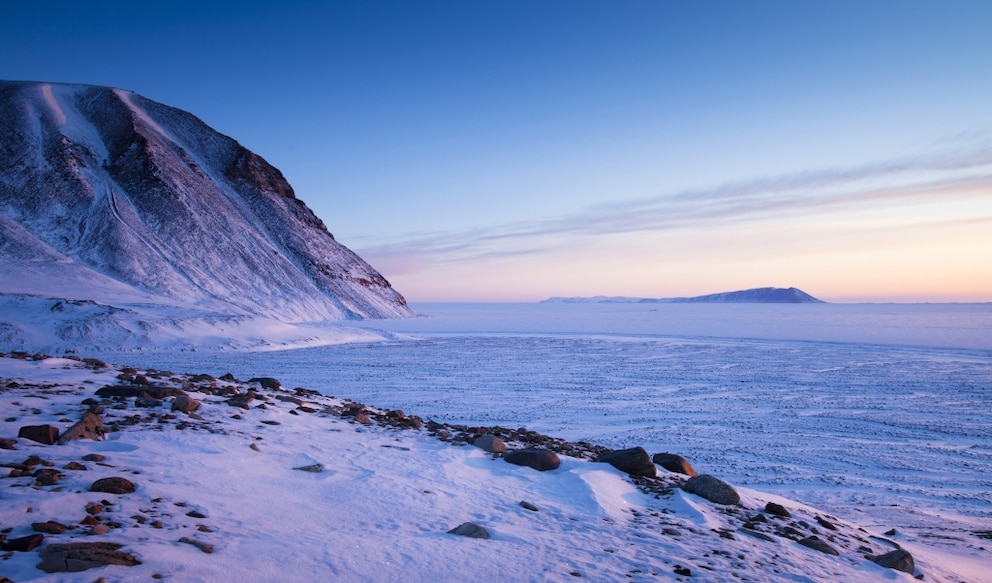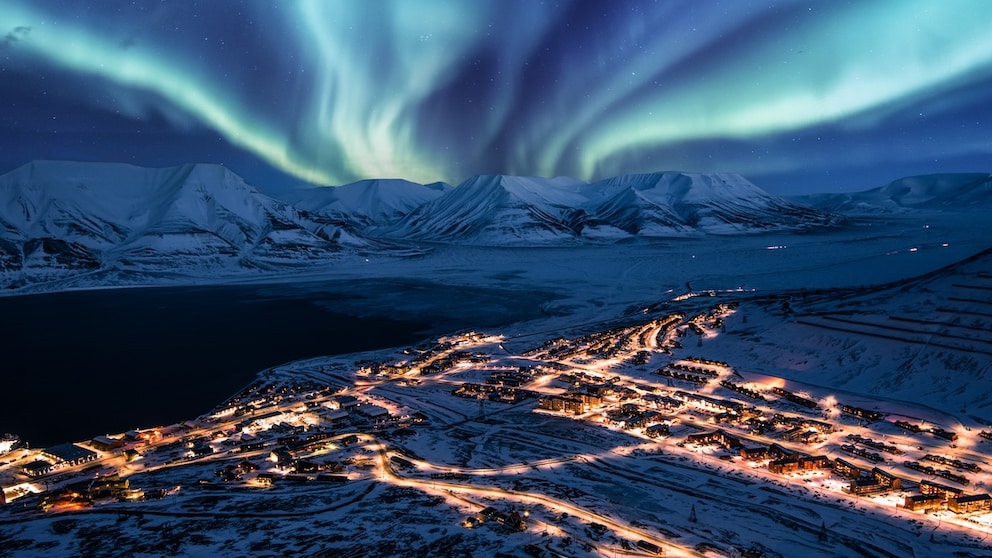November 30, 2024, 6:30 am | Read time: 6 minutes
Winter is just around the corner, and with it the opportunity to experience a unique natural phenomenon—the polar nights and the fascinating auroras that accompany them. As the name suggests, these occur near the poles. TRAVELBOOK explains what they are all about.
Winter has arrived, bringing with it long, seemingly endless nights. But for those who believe our winter days are short on sunshine, the polar nights of the Arctic and Antarctic regions are a whole different story. Imagine a period when the sun doesn’t rise for at least 24 hours—that’s the essence of a polar night. Some places are even shrouded in complete darkness for several weeks or months. The closer you are to the North or South Pole, the longer the polar night is. Let’s delve into how this fascinating phenomenon occurs.
Overview
How Polar Night and Polar Day Are Created
In the solar system, the Earth moves in an elliptical orbit around the sun, with its axis slightly inclined. This inclination means that one pole is always more inclined towards the sun, while the other pole remains turned away from it—this inclination remains even as the earth rotates. On June 21, when it is summer in the Northern Hemisphere, it is tilted towards the sun. This results in so-called polar days at the North Pole, where it remains light around the clock. At the same time, the opposite is the case at the South Pole: It is winter in the Southern Hemisphere, and polar night begins at the South Pole, during which the sun does not rise above the horizon for several months.
Up to 6 Months of Darkness
The closer you get to one of the poles, the longer the polar seasons last. Directly at the poles, polar days and polar nights can last up to six months, meaning that it remains light or dark at the respective pole for this period throughout. The days around September 23 and March 21 mark the transition between polar day and polar night. After six months, the transition is complete at both poles.
On December 21, the Earth’s tilt is finally such that the South Pole is tilted towards the sun, while the North Pole is tilted away from it. This means that it is polar day at the South Pole and polar night at the North Pole. How long it stays completely dark in one place during polar night depends on the latitude. Cities that lie just above the Arctic Circle only experience around 24 hours of uninterrupted darkness. Some places are also located in a kind of transition zone: instead of complete darkness, they are bathed in a mysterious twilight for hours at a time.
How Are Auroras Formed?
The solar wind sends electrons in all directions, which excites the oxygen and nitrogen atoms within the Earth’s atmosphere. When the atoms return to their normal state, they emit light. 100 to 400 kilometers away from this interaction, on Earth, we see this as aurora borealis. Depending on which of the atoms has been excited, a different color appears in the sky.

Here are the Best Tips for Taking Pictures of the Northern Lights

Tromsø in Norway Is the Gateway to the Arctic

Well-known Ikea Furniture Is Named After These Places
Where to Experience the Polar Night Best
Polar nights are a unique phenomenon that only occurs within the realms of the Arctic Circle. Given that Antarctica within the Southern Arctic Circle is less accessible for travelers, those eager to immerse themselves in this natural wonder should venture to the Northern Arctic Circle for a day of complete darkness. The Arctic Circle is located at around 66.5 degrees north latitude. The polar night there lasts a total of 24 hours. The further north you travel, the longer it lasts.
This mesmerizing phenomenon graces several continents and a variety of countries each year. These include Norway, Sweden, Finland, Iceland, Russia, Canada, Alaska, and Greenland. Here are some destinations where you can witness the polar nights in all their mystical glory:
Svalbard in Norway

The Norwegian archipelago of Svalbard is located far up in the Arctic Ocean. Its largest settlement, Longyearbyen, is only around 1,300 kilometers from the North Pole, according to “wissen.de“. From mid-November to the end of January, the islands are shrouded in complete darkness thanks to the polar night. Ideal conditions for observing the Northern Lights (see large photo above). Fun fact: Spitsbergen is the only permanently inhabited place on earth where the Northern Lights can also be seen during the day.
Kiruna in Sweden

Sweden’s northernmost town, Kiruna, is a popular destination for winter adventurers and nature lovers. Here you can experience the polar night from December to January, but Kiruna does not fall into complete darkness. There is a soft twilight for a few hours every day, which gives the city a special atmosphere.
A special highlight is the “blue hour”, which, according to the Kiruna Tourist Board, takes place daily from 2 p.m. For around 15 minutes, the snow-covered landscape and the sky are bathed in a unique blue light. During the polar night, Kiruna also offers numerous activities to inspire visitors: The spectacular Northern Lights can often be seen, and there are many opportunities for skiing, dog sledding, snowmobile trips, and even horseback riding.
Qanaaq in Greenland

Qaanaaq in Greenland is an ideal place for observing the polar night due to its geographical location at around 77 degrees north latitude. Here, darkness begins as early as October 24 and lasts until February 17. Thanks to clear, dry air and low light pollution, the conditions for viewing stars and auroras are almost perfect. In addition, the remote location of the small community ensures almost undisturbed darkness, which shows the sky in its full splendor.
Utqiaġvik in the USA
Utqiaġvik (formerly known as Barrow) is the northernmost city in the United States and is located directly on the Arctic Ocean. During the polar night, spanning from November 18 to January 23, the sun stays hidden behind the horizon for a staggering 67 days. During this time, temperatures often fall below freezing. Utqiaġvik is located just 320 kilometers above the Arctic Circle and has around 4,300 inhabitants. They usually celebrate the last sunset of the year with a festive meal. According to “Reisereporter” the horror movie “30 Days of Night”, in which vampires invade Barrow during the polar night, is also traditionally watched.


